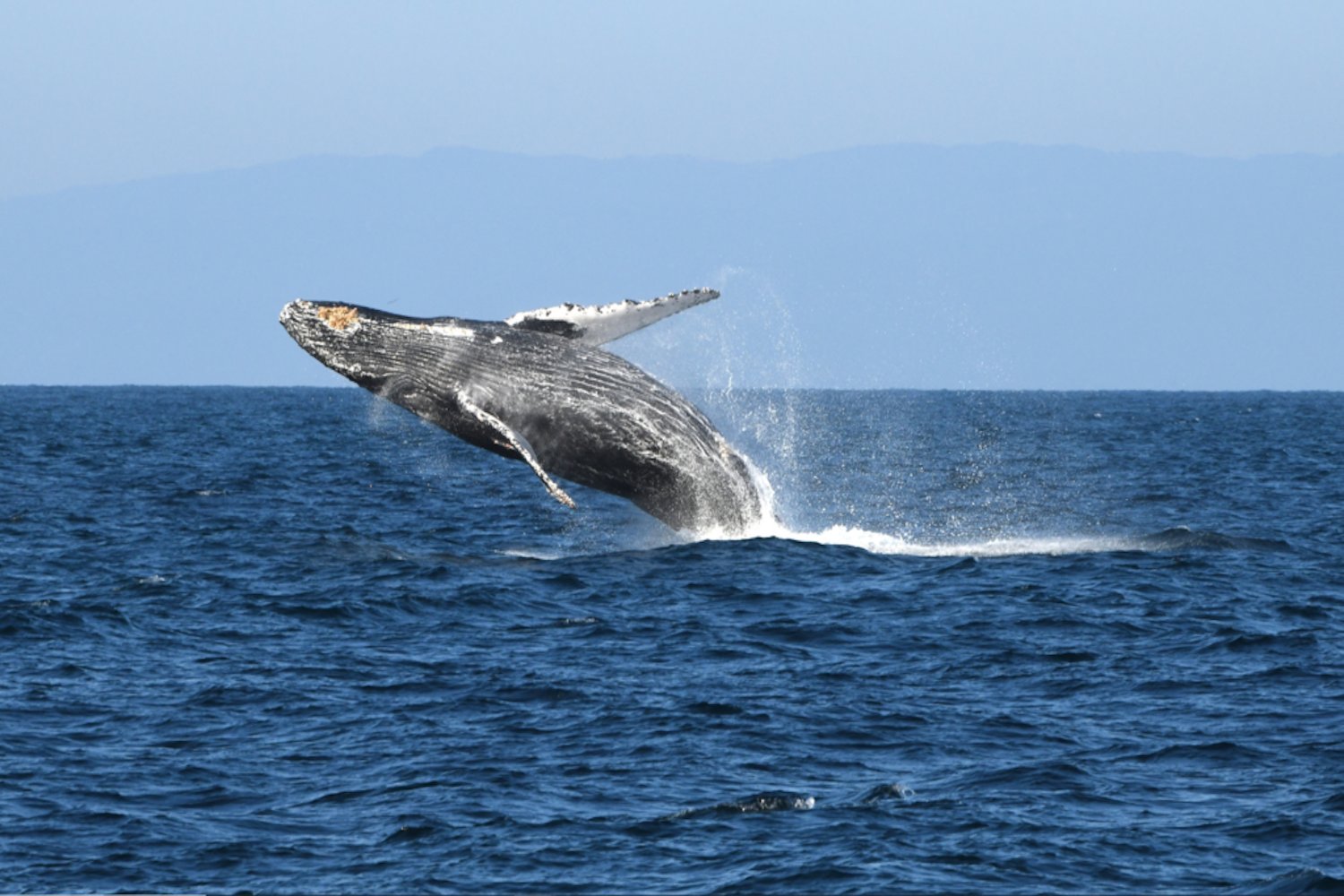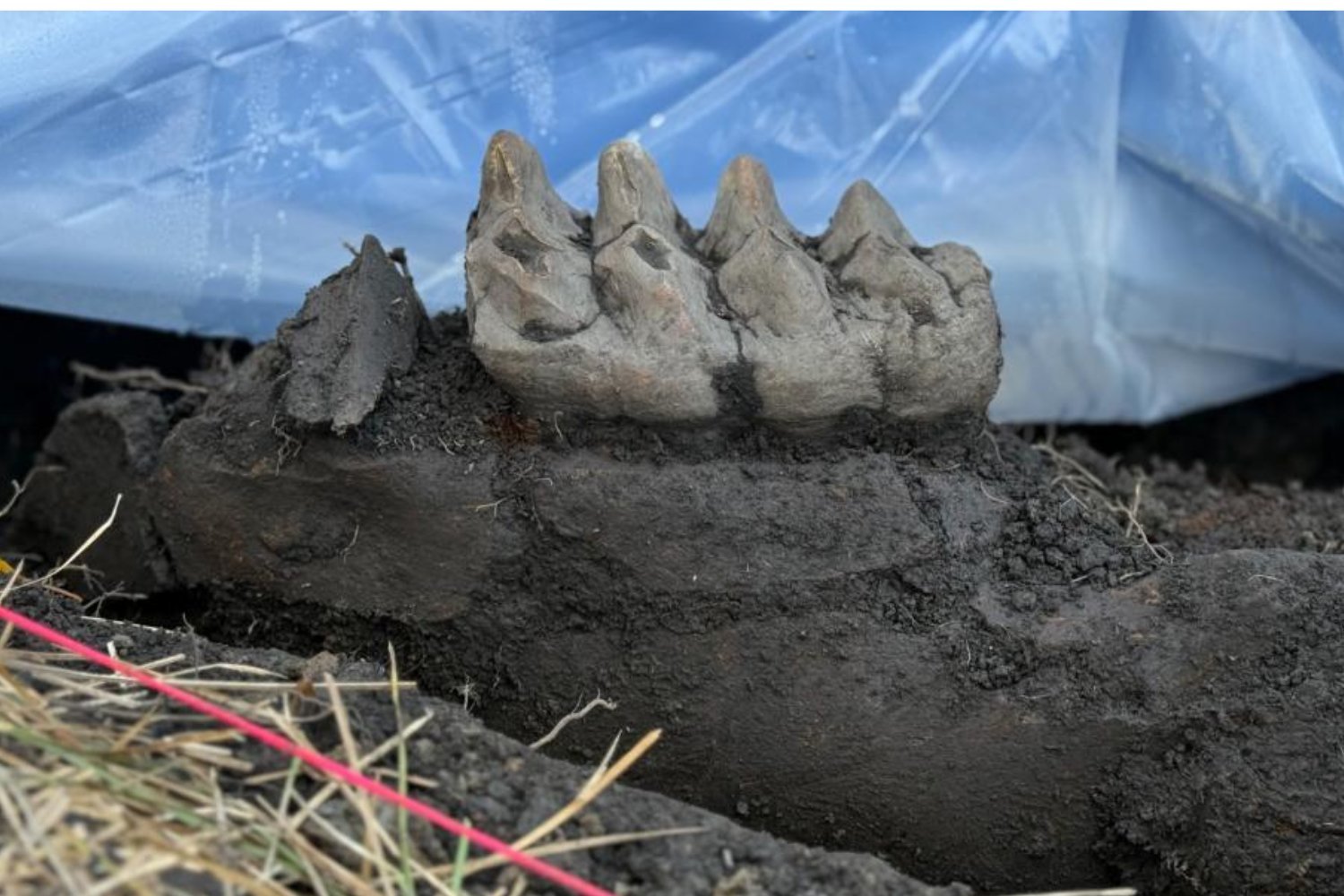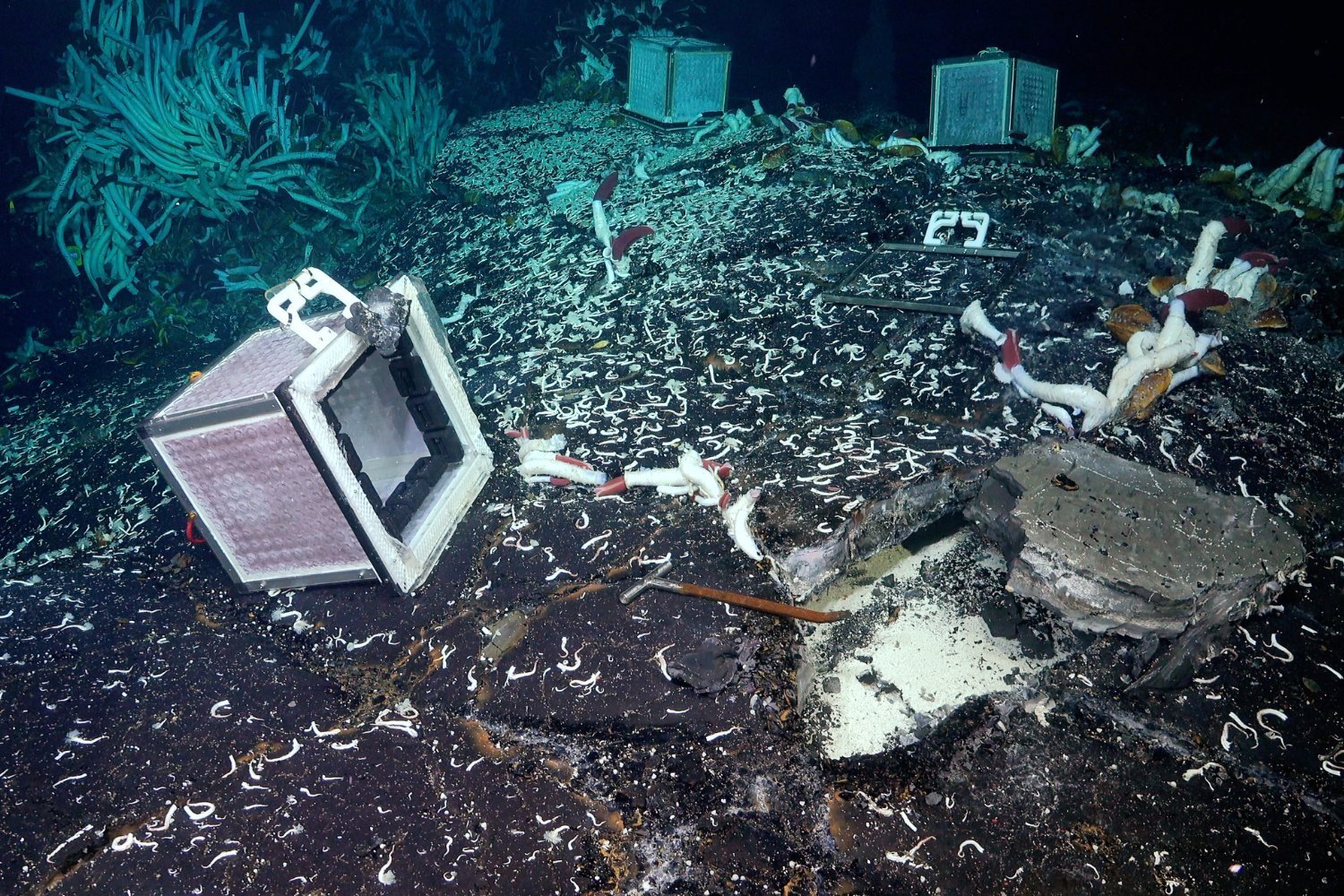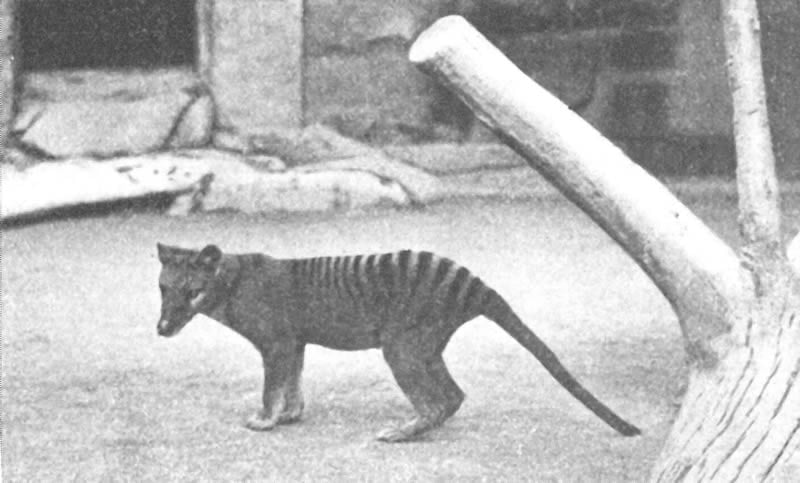A humpback whale has astounded researchers by completing an epic 13,000km (8,100-mile) journey across three oceans, shattering previous migration records and raising intriguing questions about the species’ behavior. The incredible feat, documented in a study published in Royal Society Open Science, highlights the adaptability of these magnificent creatures and offers potential insights into the environmental factors influencing their movements.
This extraordinary migration was first uncovered through photographs. An adult male humpback whale was initially photographed off the coast of Colombia in July 2013. Nearly a decade later, in August 2022, the same whale was spotted and photographed in the Zanzibar channel, separating Tanzania and Zanzibar. This represents the longest documented migration for a humpback whale, significantly surpassing the previous record.
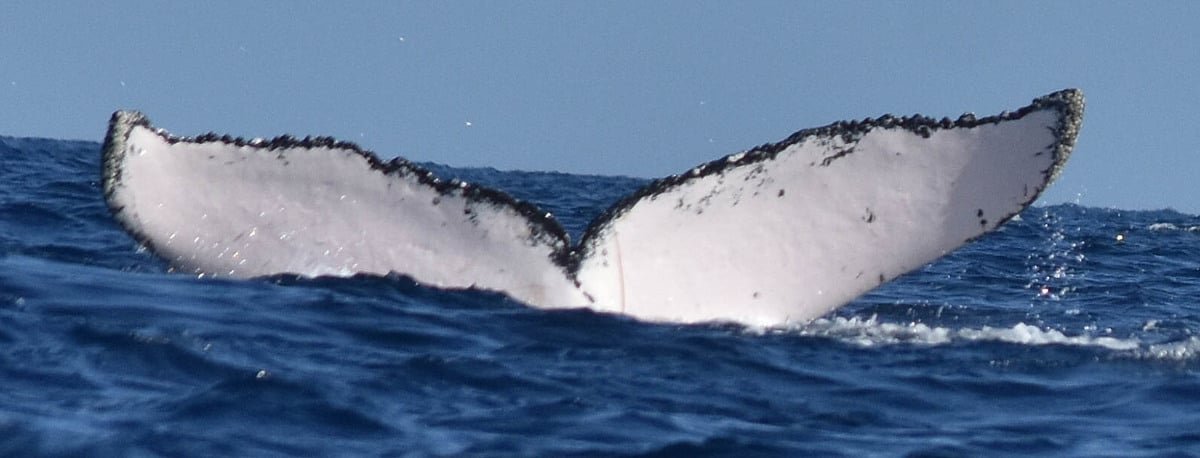 Humpback Fluke 2013Humpback whale fluke photo from July 10, 2013. © Fundación Macuáticos, CC BY-SA 4.0 via Happywhale
Humpback Fluke 2013Humpback whale fluke photo from July 10, 2013. © Fundación Macuáticos, CC BY-SA 4.0 via Happywhale
Unprecedented Trans-Oceanic Trek
While humpback whales are known for their long migrations, this particular journey is exceptional. Humpback whales typically follow north-south migration routes, returning to the same feeding and breeding grounds each year. This whale, however, defied convention by switching breeding grounds and traversing the Pacific, Atlantic, and Indian Oceans latitudinally (east-west). This marks the first recorded instance of a humpback whale changing breeding grounds from the Pacific to the Indian Ocean. Another notable, though shorter, migration involved a female humpback whale traveling 9,800km (6,125 miles) from Brazil to Madagascar.
Possible Motivations for the Epic Swim
Researchers are exploring various factors that could have driven this unprecedented migration. One theory suggests mating strategies might be at play. The whale may have embarked on this trans-oceanic voyage in search of new mating opportunities.
 Humpback Fluke 2022Humpback whale fluke photo from August 22, 2022. © Ekaterina Kalashnikova, CC BY-SA 4.0 via Happywhale
Humpback Fluke 2022Humpback whale fluke photo from August 22, 2022. © Ekaterina Kalashnikova, CC BY-SA 4.0 via Happywhale
Environmental Influences and Adaptation
Beyond mating strategies, researchers also posit that environmental changes, such as shifts in krill distribution in the Southern Ocean, could be contributing factors. An increasing humpback whale population might also intensify competition for resources and mates, prompting individuals to explore more distant areas for breeding and feeding. Although the exact cause remains uncertain, this remarkable migration showcases the behavioral flexibility of humpback whales and their potential to adapt to changing environmental conditions.
Citizen Science and Whale Identification
The discovery of this record-breaking migration was facilitated by the platform Happywhale, a citizen science website where whale watchers can upload photos of their sightings. The platform utilizes automated image recognition software to identify individual whales based on their unique fluke patterns. This collaborative approach to data collection has proven invaluable in understanding whale behavior and migration patterns.
A Glimpse into the Future
This groundbreaking study offers a fascinating glimpse into the complex lives of humpback whales and underscores the importance of continued research and conservation efforts. By understanding the factors driving these incredible migrations, we can better protect these magnificent creatures and the marine ecosystems they inhabit.



